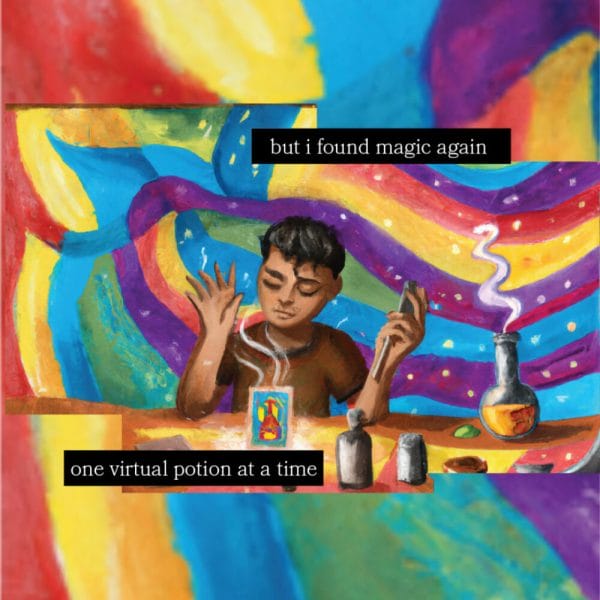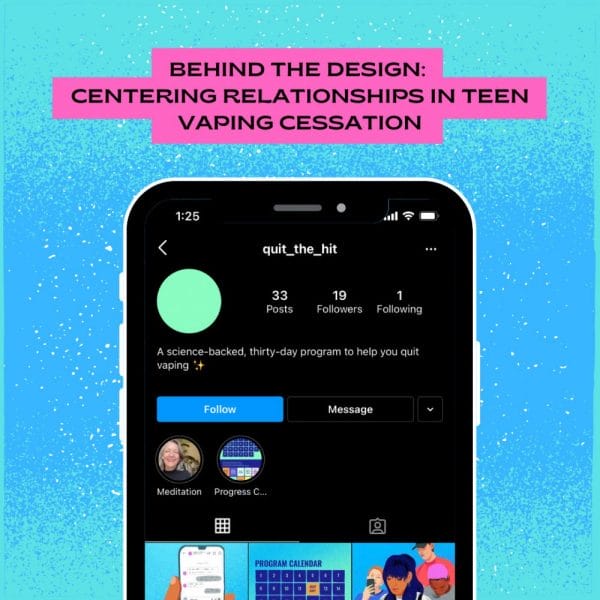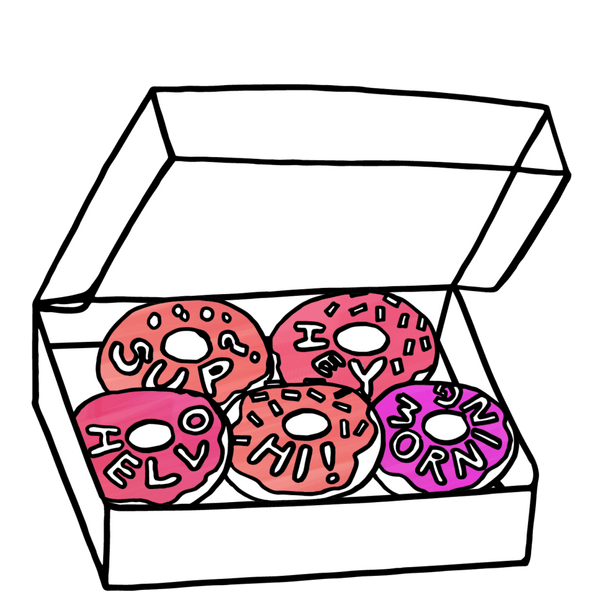Stories. Our Common Humanity.
I love stories. It’s the part of my job as a design researcher that I love the most: the opportunity to talk to people, sometimes all over the world, about random things. You talk to them and their stories inspire some product, but the people themselves, they stick with you. You wonder about them years later. You talk about them and share the lessons they taught you about life.
Not everyone memorable is heroic. Some people are just sweet and common, and human. I remember talking to new parents who said of their baby, “We just want an average kid. Healthy and average.” They had just returned home with their baby after several stressful months in the NICU. At times average is all you can hope for when struggle is what you know.
There was the woman I met in Stockholm who emigrated from China. She was learning Swedish, studying to be a concert violinist, navigating a whole new world, and was blind. She had her sheet music printed in braille and had to memorize the piece entirely before performing. She dreamed of playing in an orchestra, but couldn’t, because to do that, you need to watch the conductor. She experimented with a tactile suit so she could feel the tempo. She taught me about the ways we collaborate, the senses we rely on, and how hard she worked at everyday life. She wasn’t super-human. She just had to work 1000% harder than most people.
These people stay with me. They change me and they continue to grow my love for this world. As the design director at Hopelab, the stories we gather in our design research deeply inform product development—and are just the start of our co-creation efforts. We know that in order for a product to make sense to young people, they need to be at the table, designing with us. The beauty, pain, and deep understanding that comes from the sharing of these stories is what builds empathy and connection between people—between designer and engineer, end-user and marketer. All of us are connected through the power of storytelling.

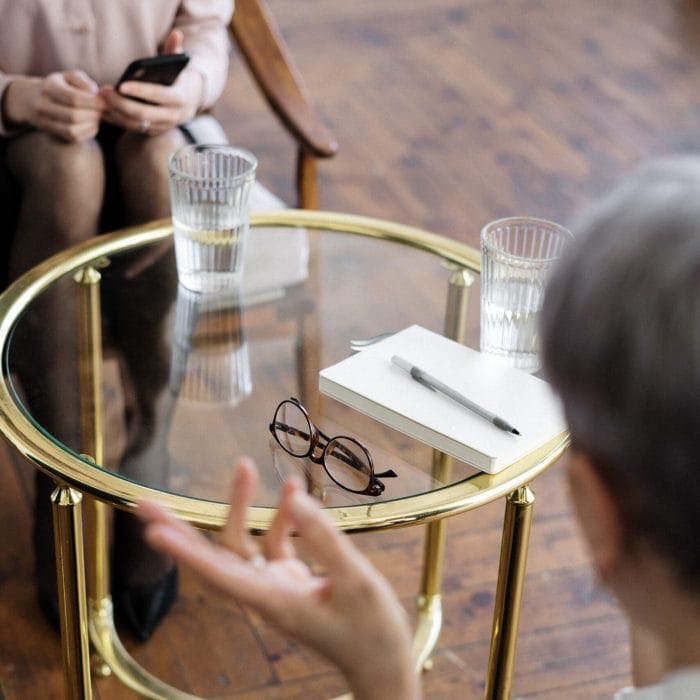
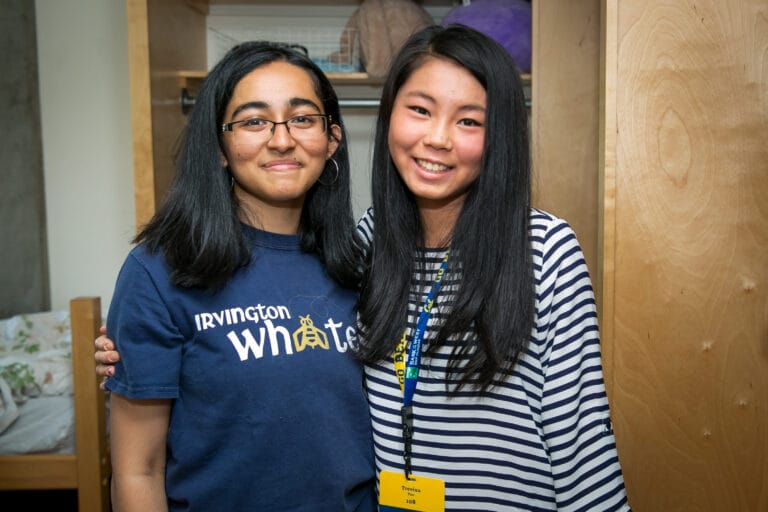 concern for them, a love for them. And if we are to work with young people, we need to know them, sit down with them to talk, and invite them to build with us. When
concern for them, a love for them. And if we are to work with young people, we need to know them, sit down with them to talk, and invite them to build with us. When 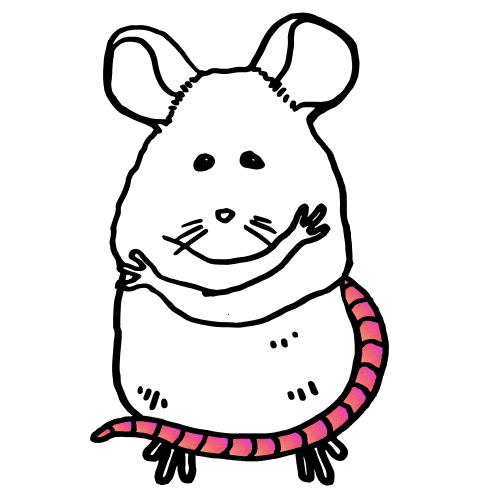 We’re honored that
We’re honored that 